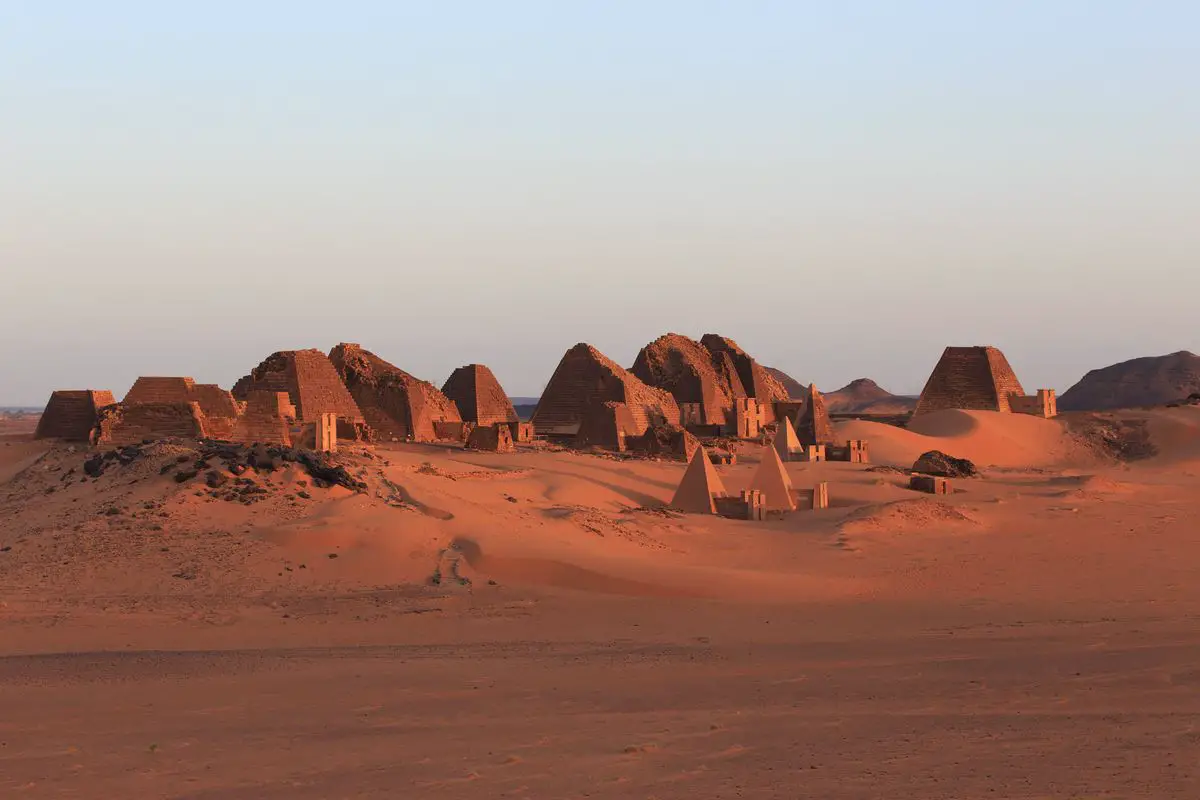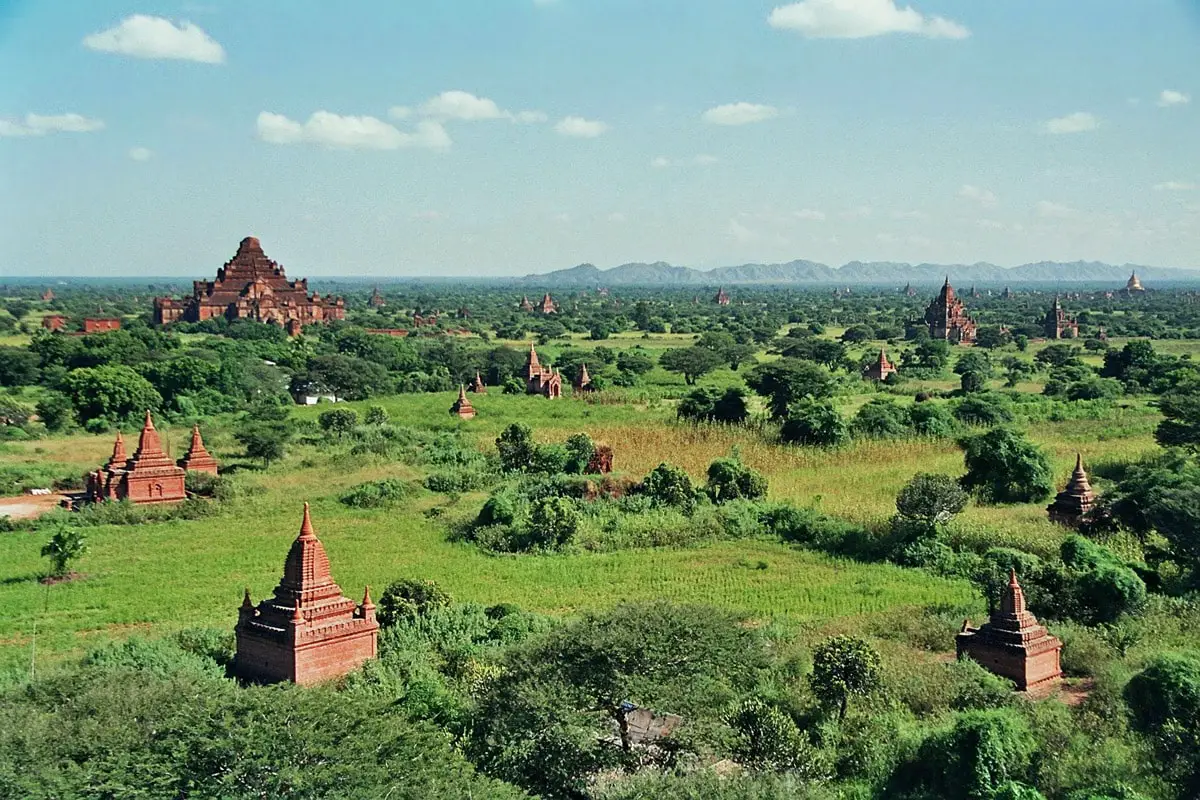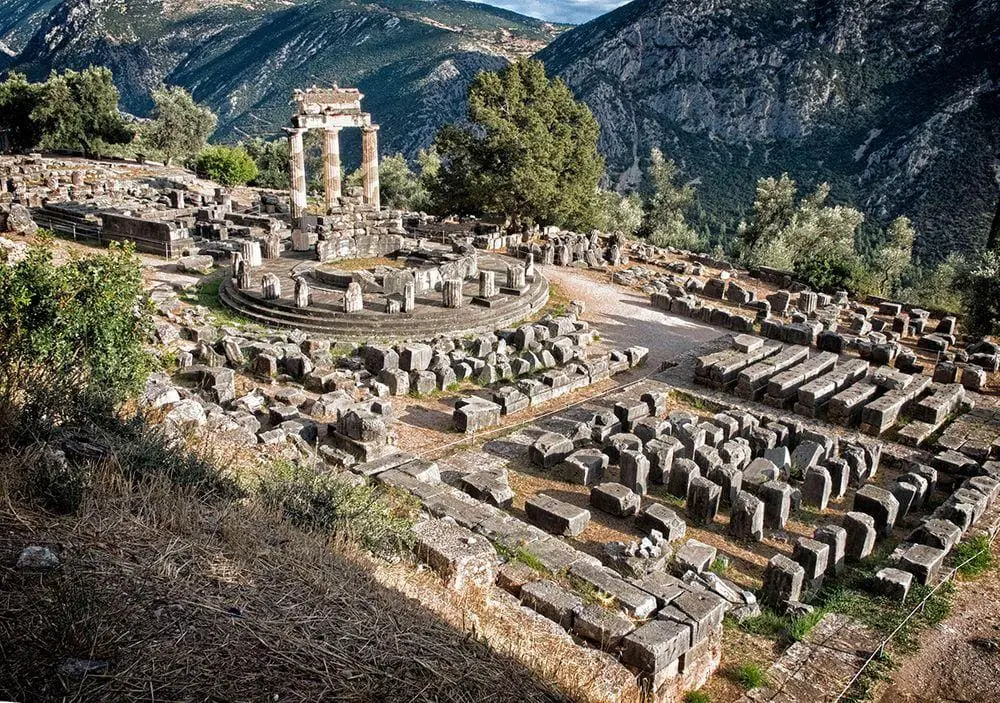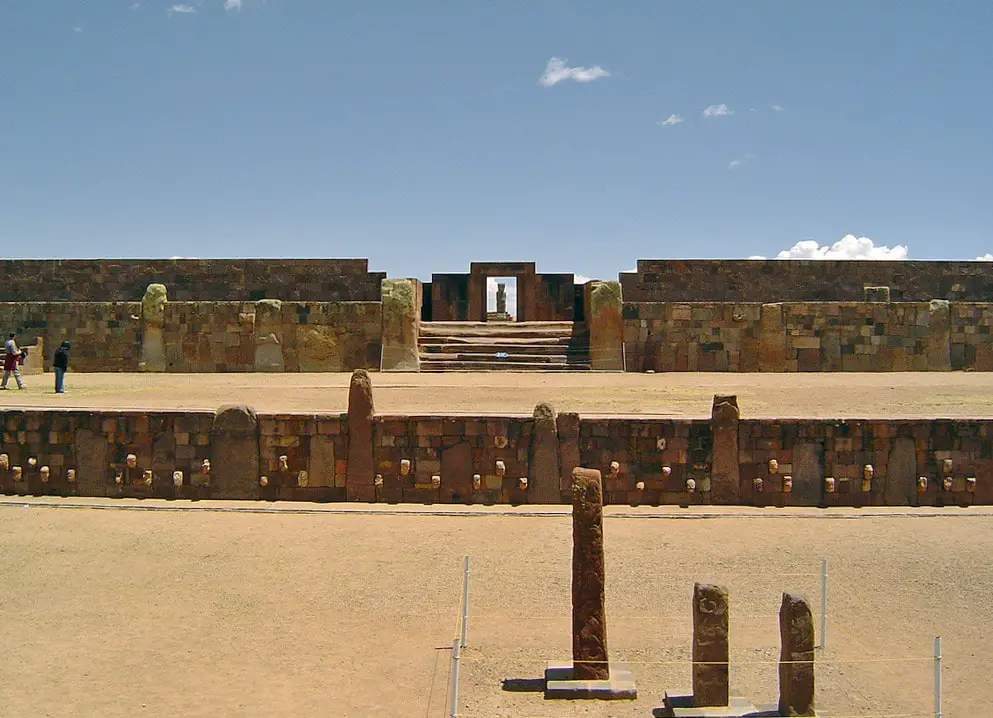Wondermondo 🢖 Categories of wonders 🢖 Architectural wonders 🢖 Settlements 🢖 Abandoned cities and towns
Category
Abandoned cities and towns

 Described abandoned cities and towns
Described abandoned cities and towns
If you see this after your page is loaded completely, leafletJS files are missing.
 What is included in this category?
What is included in this category?
Wondermondo includes in this category those cities or towns – and also parts of cities – which have been built and inhabited in the past but are abandoned now.
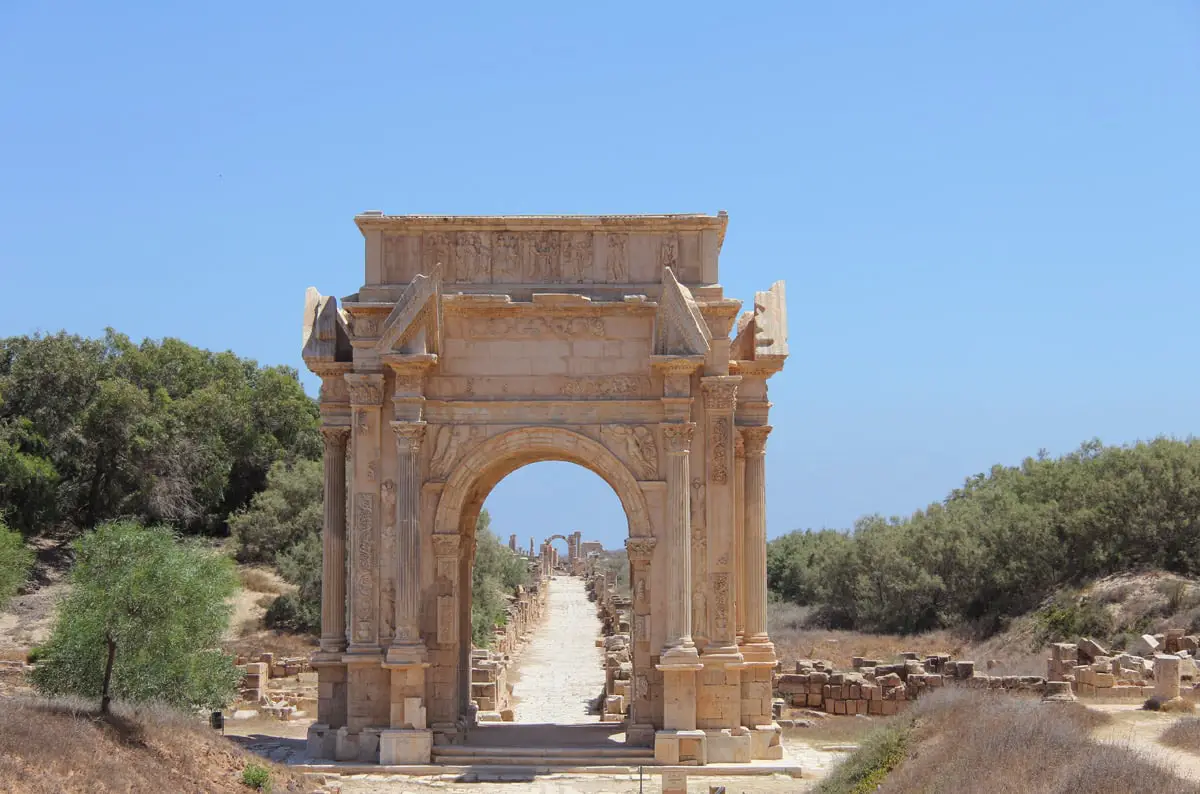
Every abandoned city and town belongs to the category of cities and towns and most of them (those which are older than 1500 years) – to the category of ancient cities and towns.
Values
The main impression created by abandoned cities is intimate. This is a mixed feeling of sadness, unclear anxiety ("my city will not be eternal either"), and at the same time – inspiration from the abilities of our ancestors. Long ago, without electricity, paper, or different mechanisms they managed to create magnificent structures, which covered many square kilometers.
But, in spite of their splendor and beauty, these cities were abandoned.
Why were they abandoned?
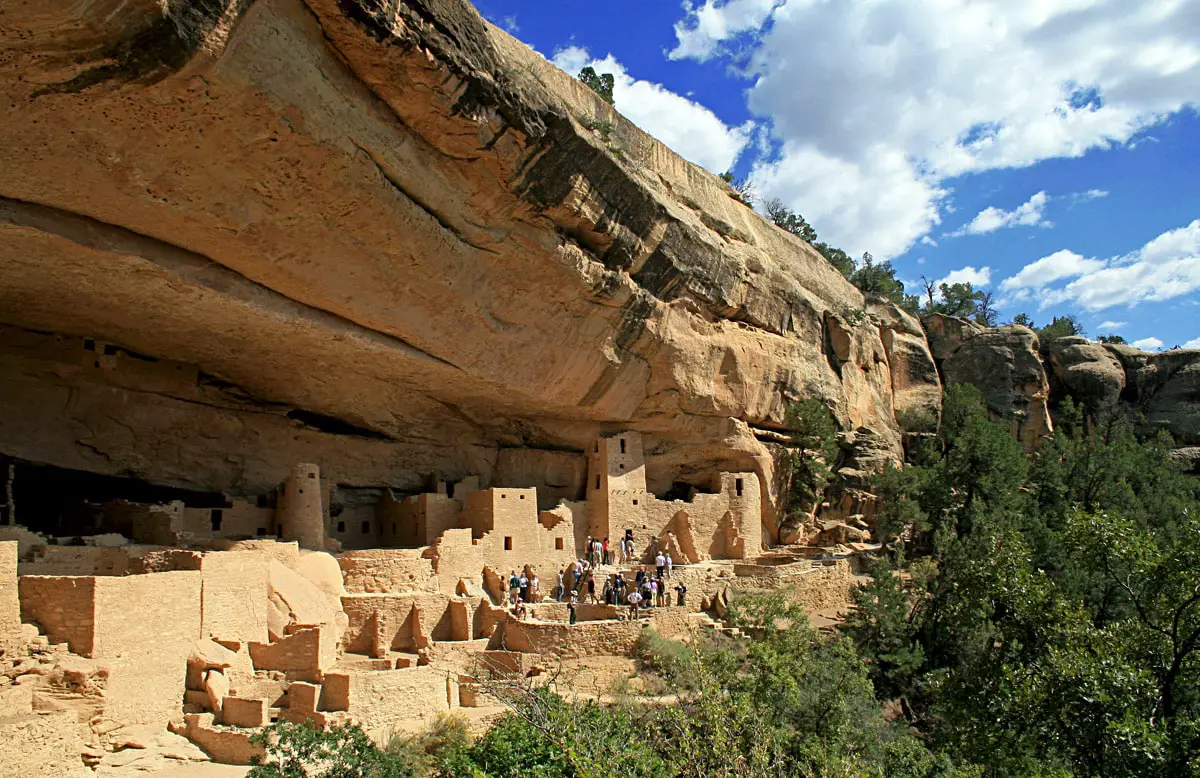
Development of a city and successive abandonment of it is an event of major importance. But surprisingly – often it is not entirely clear why the cities were abandoned.
In many cases there are understandable reasons. Many cities overused the surrounding resources and finally could not sustain themselves. Many cities suffered heavily in warfare or earthquakes and no one wanted to come back to these fields of ruins – sites of mass tragedy. Often the political situation changed and no one needed the former splendid capital cities, built upon the ambitions and whims of kings.
Often (Cliff Palace in Colorado, Mohenjo-daro, Palenque) the reasons behind the abandonment are less clear.
Some cities barely survive. One such example is Rome – it was the first city where the number of inhabitants exceeded 1 million some 2000 years ago. Some six centuries later this huge city turned into endless fields of ruins, with smaller groups of people living here and there – in total only some 35,000 people lived here. Rome though managed to redefine itself and to adjust to modern times – now there live nearly 3 million people.
Nevertheless it is weird to see the endless fields of ruins in Bagan, Chichen Itza, Angkor, Mohenjo-Daro. How could the people leave these once splendid and lively cities? Will our own beloved cities face the same fate? Yes… inevitably.
 Top 25 abandoned cities and towns
Top 25 abandoned cities and towns
Africa
Memphis
Egypt
The first capital of Lower Egypt in the times of the Old Kingdom. Established sometime around 3000 BC and declined around 1300 BC, was one of the first metropolises in the world. Contains remnants of numerous valuable structures, including several Temples of Ptah and many other temples, Saqqara necropolis, and royal palaces.
Meroë
Sudan
Ruins of an ancient city, the former capital of the kingdom of Kush in 800 BC – 350 AD. The most amazing monuments are more than 200 pyramids, mostly in a ruined state – an ancient necropolis. Once an important center of metallurgy.
Great Zimbabwe
Zimbabwe
The former capital city of the Kingdom of Zimbabwe. It was inhabited around 1100 – 1400 AD. There could be up to 18,000 inhabitants in the city at its peak. Today remain impressive ruins of dry stone. The walls are more than 5 m tall, the architecture is monumental and highly distinct.
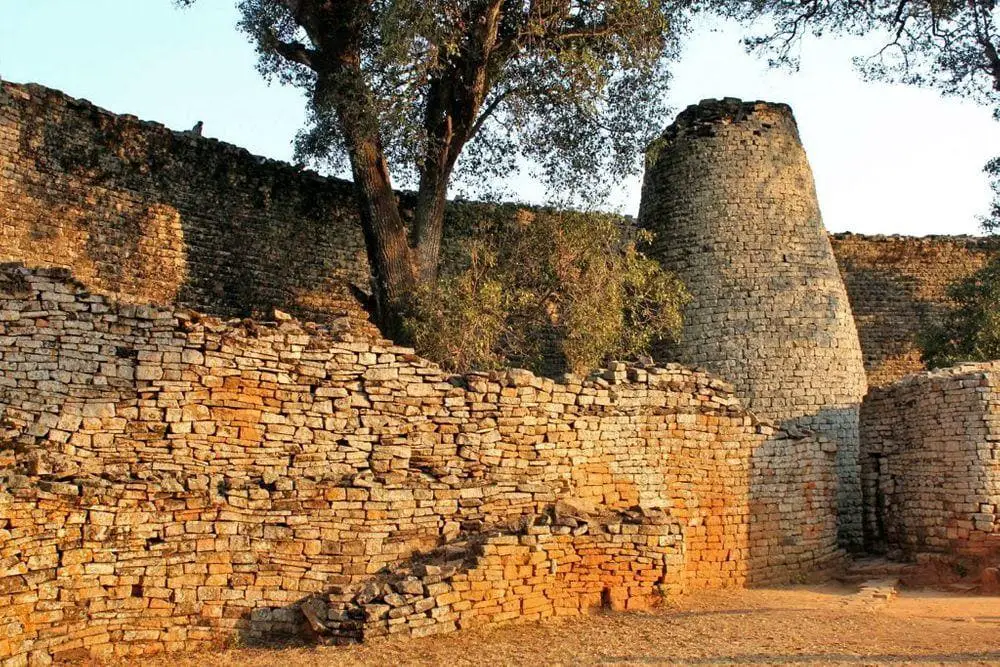
Asia
Petra
Jordan
The ancient capital city of Nabateans was established around the 6th century BC at the site of an ancient sanctuary. Contains some of the most beautiful and intricate rock-cut architecture in the world, available after walking through a 1.2 km long, narrow gorge.
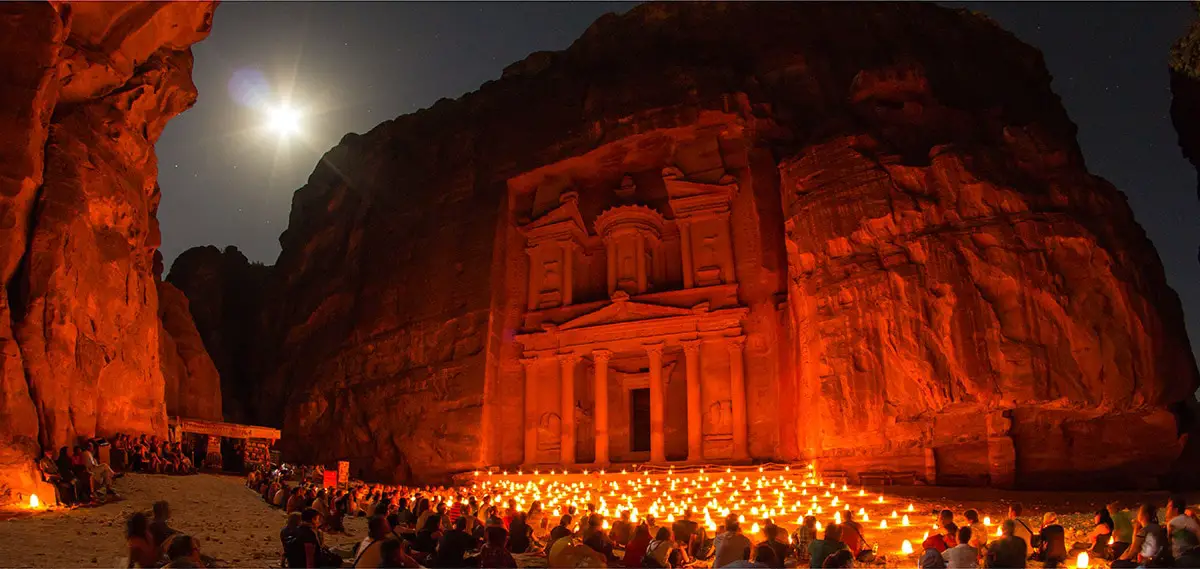
Bagan
Burma (Myanmar)
Ruins of a magnificent, enormous city. Bagan served as the capital of several ancient kingdoms. The city flourished in the 11th – 13th century AD. Here were built more than 5000 pagodas, now 2217 remain. These numerous high and beautiful buildings create a unique skyline.
Sigiriya
Sri Lanka
Sigirya is a unique town that was constructed around and on the top of a nearly 200 m high rock peak in 477 – 495 AD. Here are several unique monuments – including a giant lion whose mouth serves as the entrance to a rock fortress and beautiful frescoes – a masterpiece of world importance.
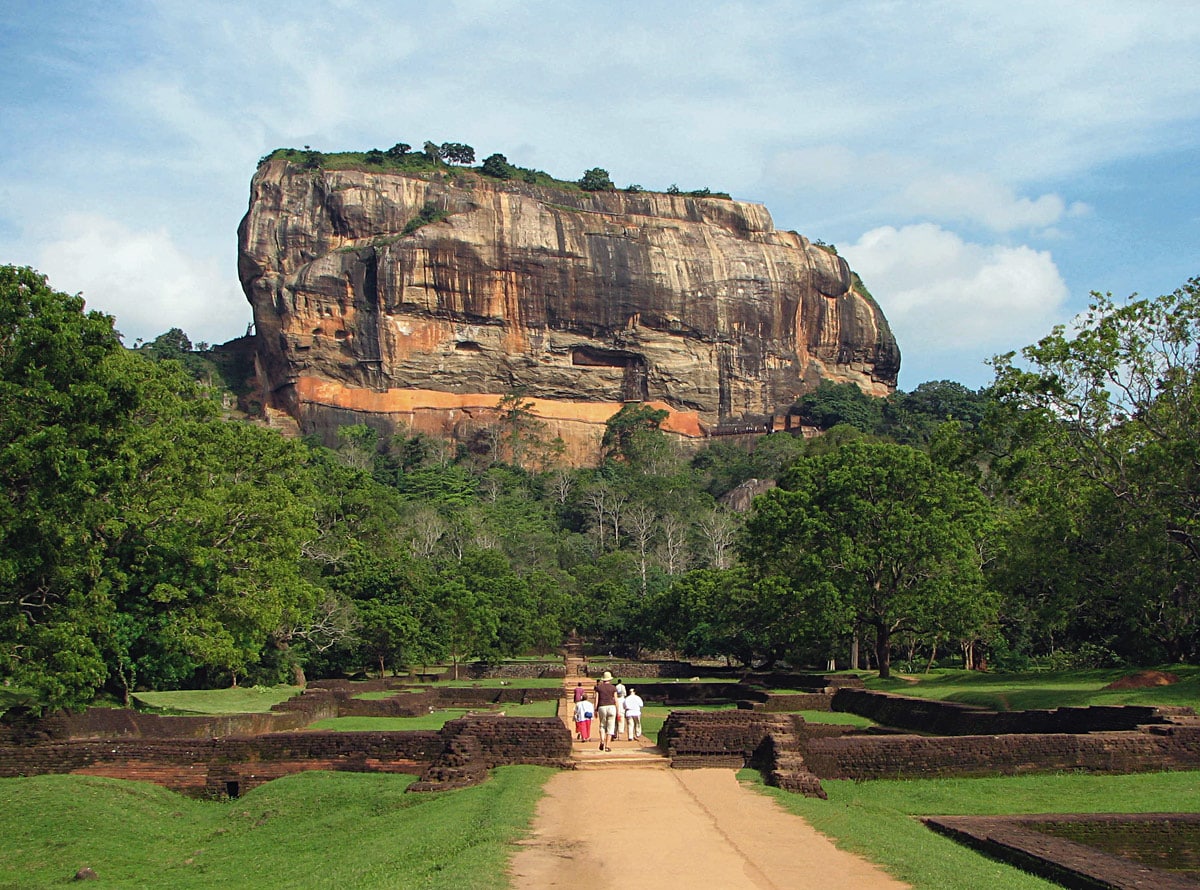
Angkor (Angkor Thom)
Cambodia
The ancient Khmer capital city, the once largest city in the world with an area of at least 1,000 km². Flourished in the 8th – 15th century AD. The city has ruins of numerous masterpieces of ancient architecture including the largest religious complex in the world – Angkor Wat and 71 other large religious complexes.
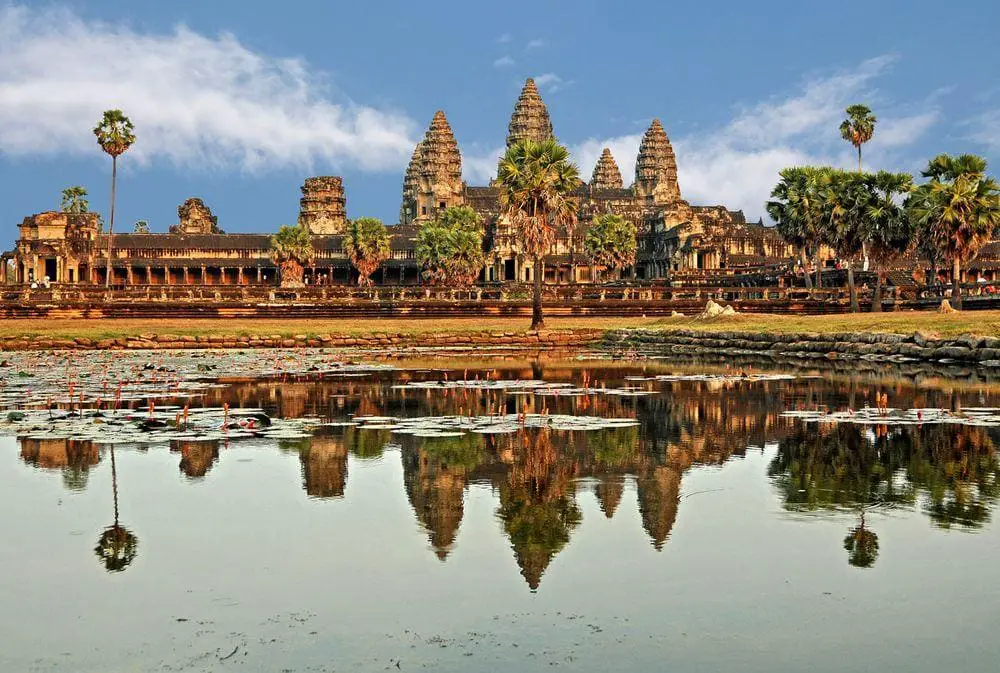
Persepolis
Iran
The ceremonial capital of the Achaemenid Empire. Its development started in 521 BC on an enormous, partly artificially made terrace. Contains ruins of numerous architecturally impressive buildings such as Apadana Palace, Throne Hall, and numerous others. Contains also has numerous valuable sculptures and reliefs. Destroyed by the troops of Alexander the Great in 330 BC.

Masada (Massada)
Israel
Dramatic fortress/ refuge on top of table mountain, constructed in 37 – 31 BC, was taken by Romans simultaneously with the mass suicide of 960 defenders in 73 AD. Here are located remnants of one of the world’s oldest synagogues.
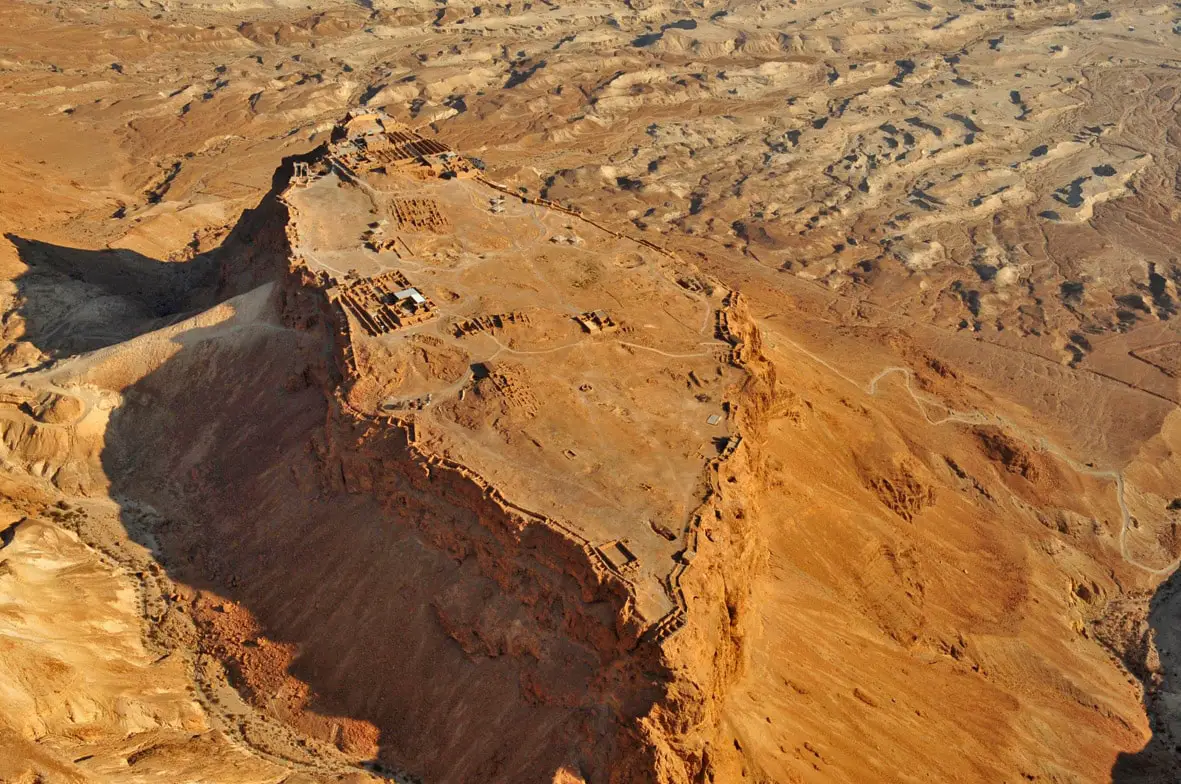
Hattusa (Hattusha)
Turkey
Ancient Hittite city. It was established as an urban center in the Late Bronze Age before 2000 BC, although inhabited since at least 6000 BC. Flourished in the 14th century BC, when there were living some 40 – 50 thousand inhabitants. Destroyed around 1200 BC.
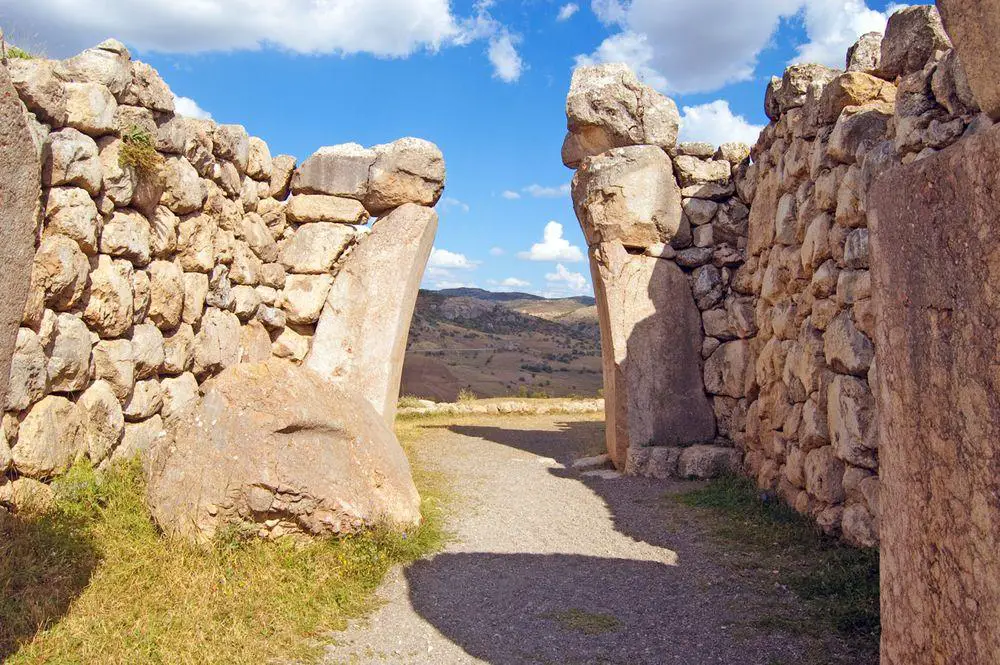
Babylon
Iraq
Remains of an important ancient city that was founded sometime around 2300 BC. Babylon first flourished in the 18th century BC when it was the largest city in the world. In the 7th century BC, it became the capital of the Babylonian Empire and again was the largest city on Earth. Most likely abandoned in the 1st century AD.
Anuradhapura
Sri Lanka
Capital of Sri Lanka in the 4th century BC – early 11th century AD. Anuradhapura was one of the largest urban centers in the world, it was considered to be sacred by Buddhists. Contains ruins of many magnificent structures, such as Ruwanwelisaya – a 91 m tall stupa, built in the 2nd century BC, and Jetavanaramaya – one of the largest structures in the world, 122 m high, built in the 3rd – 4th century AD.
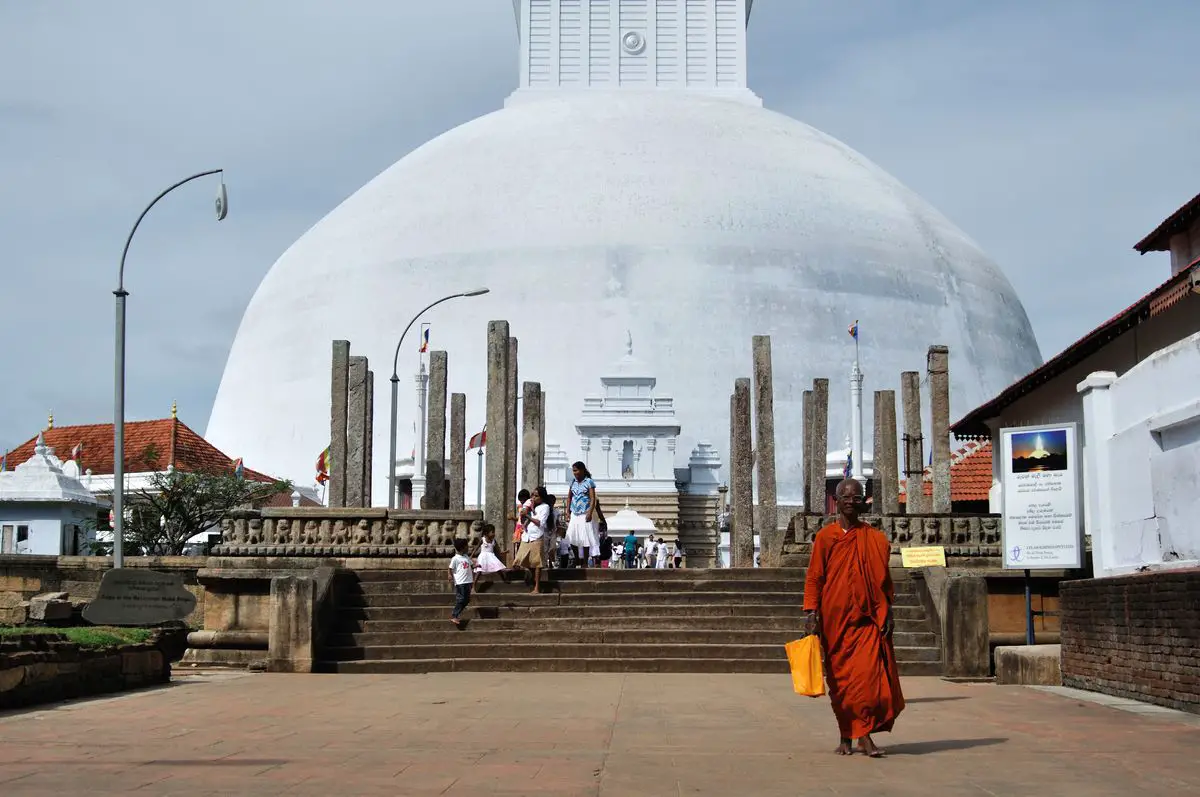
Europe
Pompeii
Italy
The best-preserved ancient Roman town. It was eliminated by volcanic pyroclastic flows in 79 AD. The town has been excavated and now represents an amazing display of Roman life.
Olympia
Greece
An ancient sacred city with numerous monumental structures whose ruins are impressive up to this day. Olympic Games took place here every four years from the 8th century BC to the 4th century AD. Here is located the oldest known stadium in the world.
Knossos and Knossos Palace
Greece
Ruins of Europe’s oldest city. It was developed starting from 7000 BC (Neolithic) and was abandoned around 1380 – 1100 BC. The ancient palace was the administrative center of the Minoan Civilization. The construction of the palace started around 1900 BC. In a way, the palace and the settlement of Knossos are one and the same as in the palace lived numerous people besides the rulers and it had some 1,300 rooms, including a theater and numerous storerooms. Some parts of the palace were up to 5 floors high.
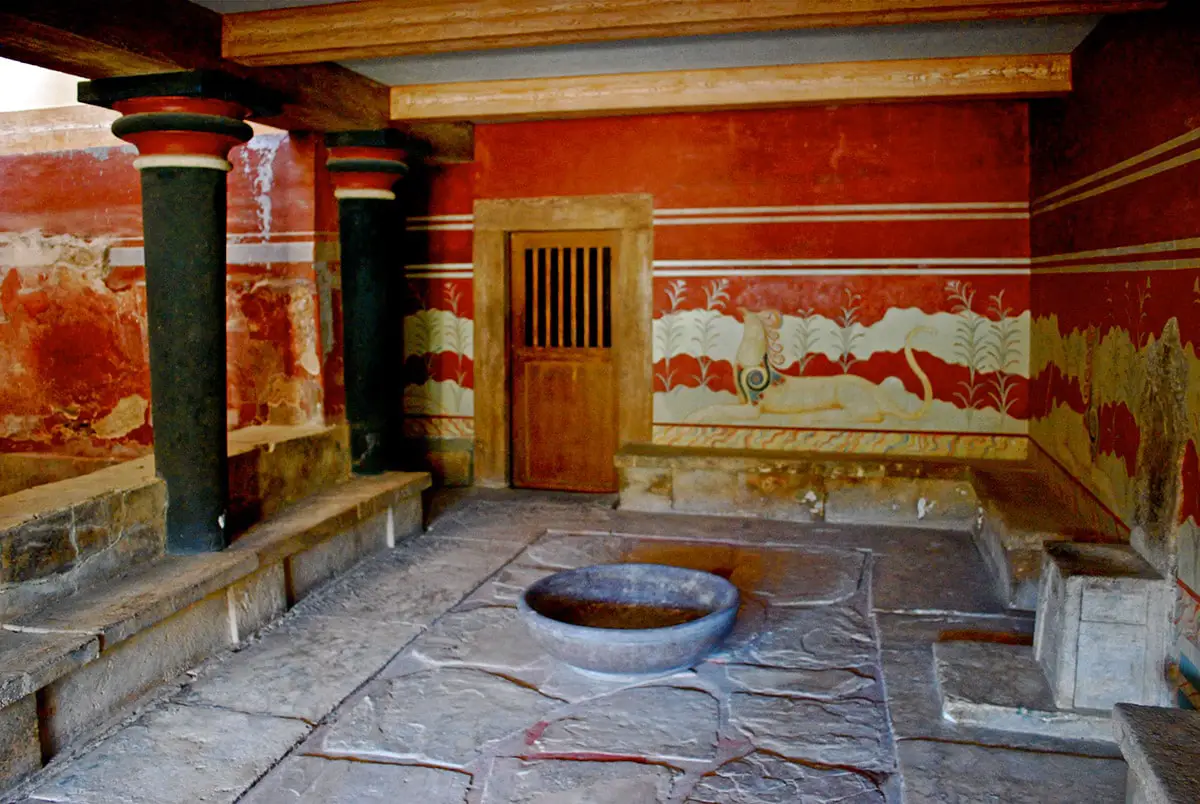
Delphi
Greece
Ruins of an ancient sacred city, the navel of Gaia (Earth). Inhabited since the Neolithic period, turned into a significant center in 1600 – 1100 BC and flourished in the 6th century BC. Already by 1400 BC or earlier, there was an important shrine – an oracle. Here, in the Temple of Apollo burned an eternal flame. The site contains the Temple of Apollo – one of the most interesting and significant ancient shrines in the world, the impressive Tholos, theater, and numerous treasuries – votive structures built by other cities of Greece.
North America
Teotihuacan
Mexico
One of the largest ancient cities in the world with numerous monuments of architecture and art. Established sometime around 200 BC and was abandoned in the 7th – 8th centuries AD. A hugely impressive monument of urban planning is the Avenue of the Dead. The pyramid of the Sun is the third largest ancient pyramid in the world. Height – 71,2 m. The pyramid of the Moon is an older pyramid from 200 – 450 AD, 42 m high.
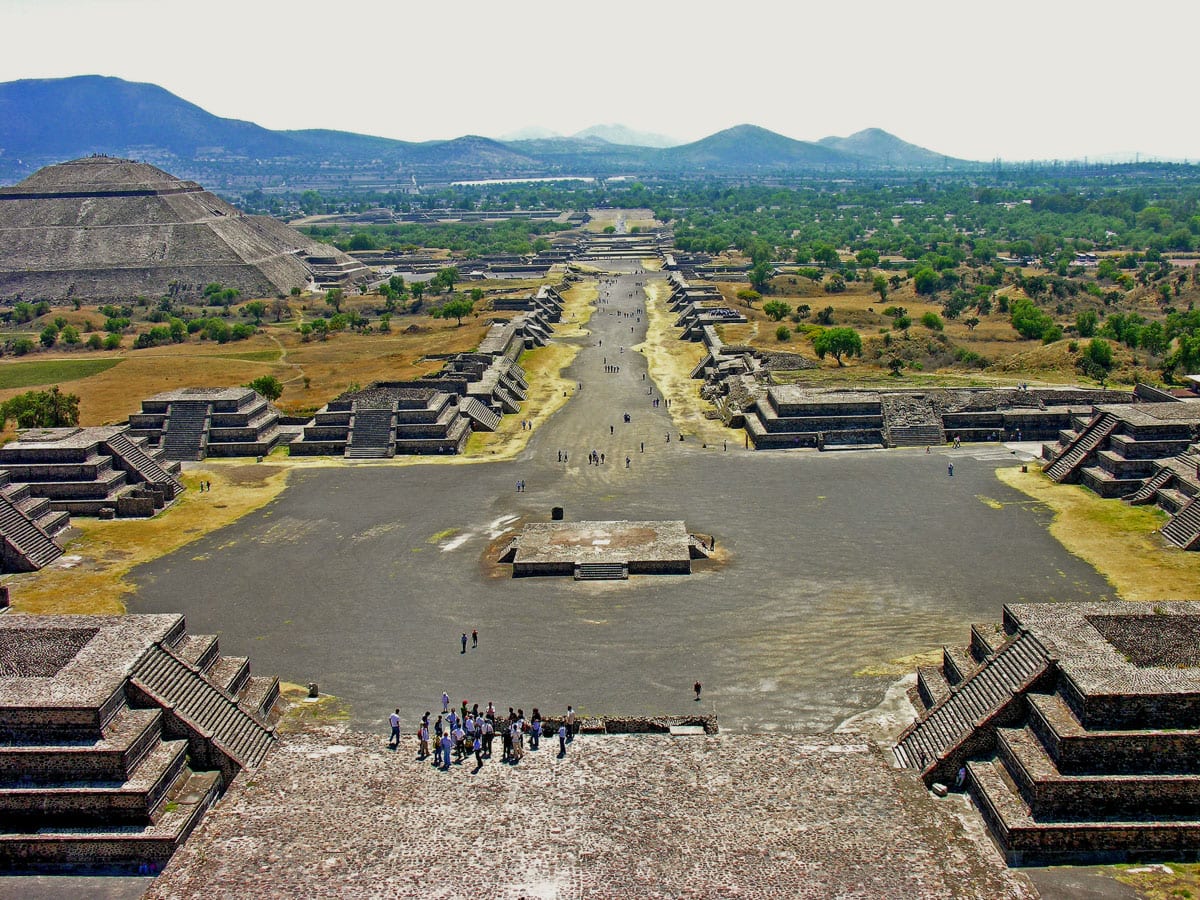
Palenque
Mexico
Ruins of a Mayan city that flourished in the 7th century AD. The city is located in the middle of the jungle, on the hill overlooking the coastal plains. Another is the fact that the Palenque contains some of the finest known Mayan architecture and artwork. The most interesting structures are the Palace of Palenque and Temple of the Inscriptions with important records of the history of the city and the sarcophagus of Pakal – ruler of the city.
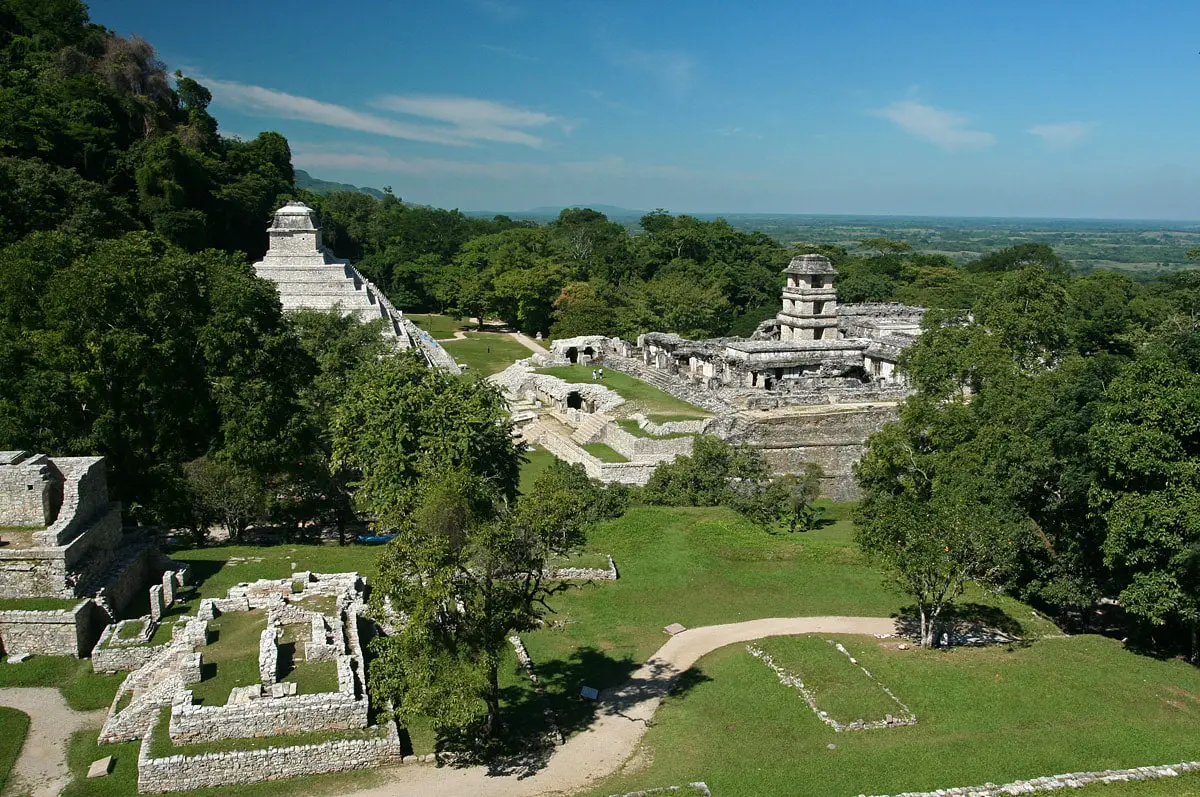
Chichen Itza
Mexico
The major urban center of lowland Maya culture with numerous monuments of world importance and fame. Chichen Itza became an important center around 600 AD and remained such a center until its fall around 1000 AD. Some of the best-known monuments are the El Castillo pyramid, the Great Ball Court, Temple de Los Guerreros, the El Caracol observatory, and Ossario pyramid.
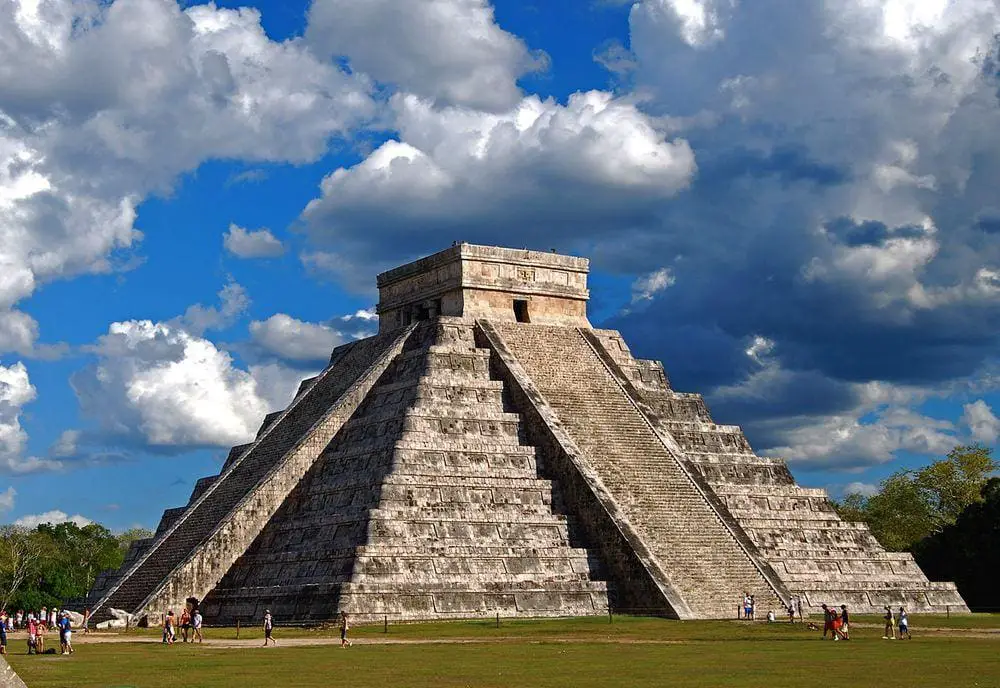
Tikal
Guatemala
One of the largest and most important cities of the Maya civilization. The city flourished in the 3rd – 10th century AD. The city contains an impressive complex of ruined structures, including a 47 m high pyramid. Numerous art values – stelae, burials.
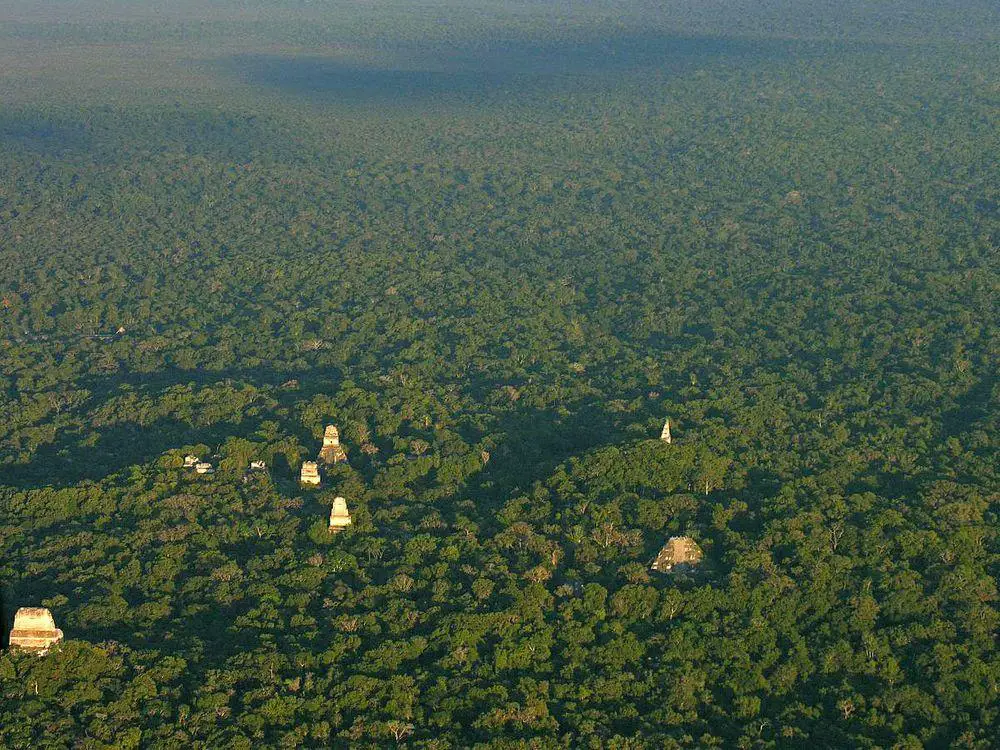
El Mirador
Guatemala
Ruins of Maya city. It flourished around the 9th century AD. At times there were living more than 100 000 people – thus it was one of the largest cities in the world then. The central part of the city takes some 26 km². The tallest pyramids are more than 70 m tall (La Danta) and belong to the largest constructions in the ancient world. There are other enormous pyramids: El Tigre is 55 m tall, and Los Monos is 48 m tall.
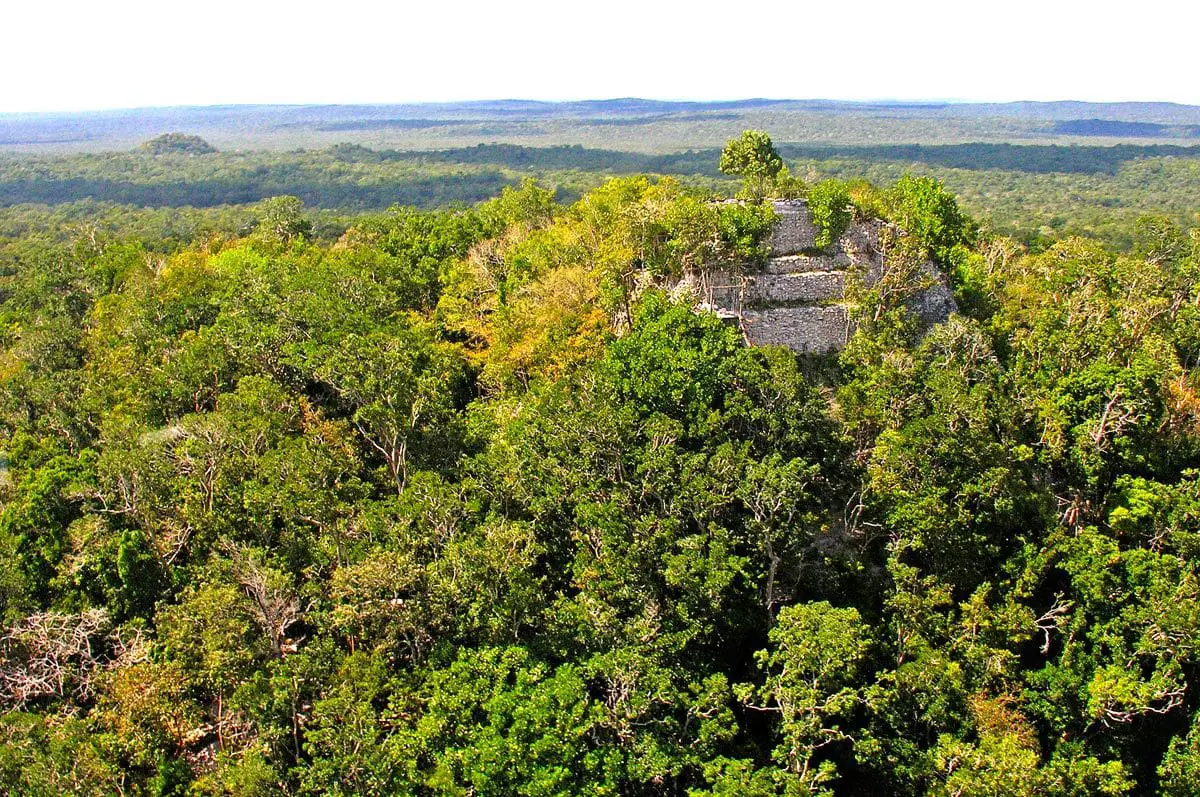
South America
Machu Picchu
Peru
One of the most spectacular archaeological sites in the world. Extensive ruins of stone structures on a rugged cliff peak. The town was built around 1450 as a shelter and center for Inca rulers and was abandoned sometime around 1572. An especially interesting monument here is Intihuatana – a sculpted stone, a possible astronomic clock, or a calendar.
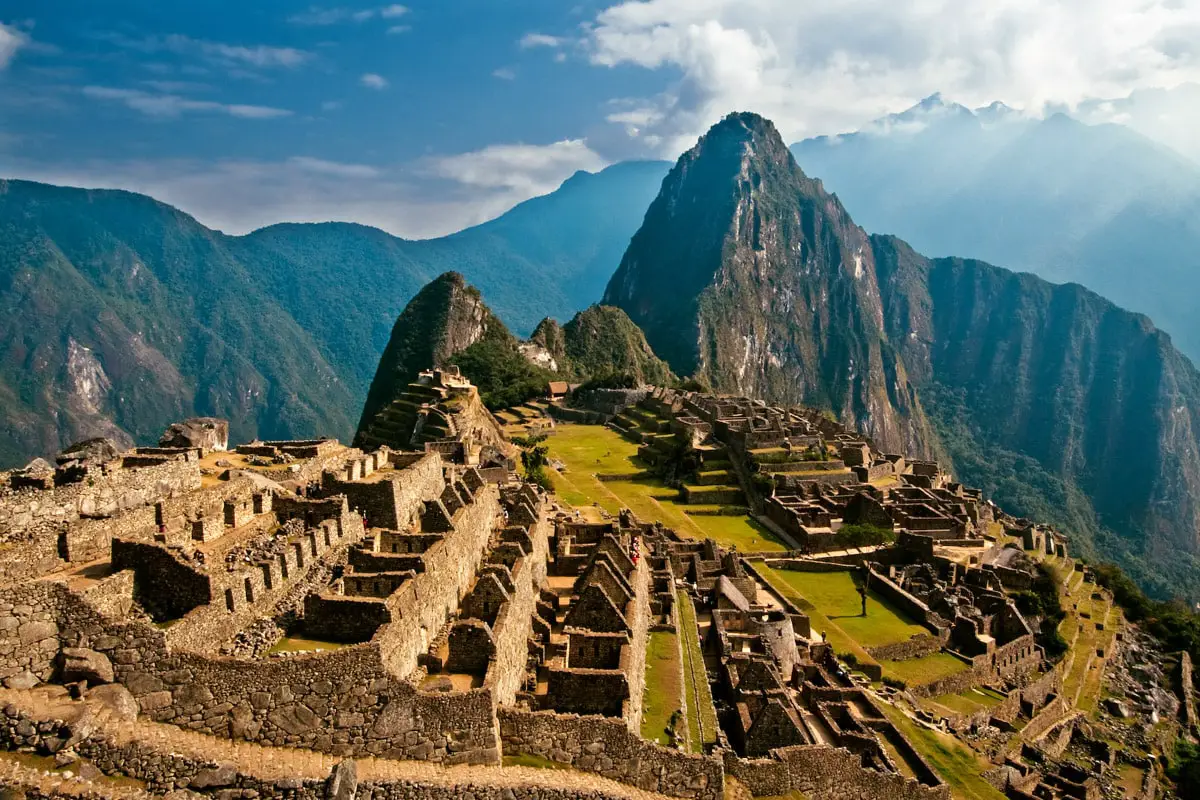
Tiwanaku
Bolivia
Capital of the precursor of the Inca Empire, developed in 300 – 1000 AD. Ancient pilgrimage center of high spiritual importance. Remnants of monumental, megalithic stone architecture with carved sculptures. Near Tiwanaku is Puma Punku – a site that contains amazing stone “details” – giant stones carved in complex forms, up to 131 tons heavy.
Chavín de Huántar
Peru
The former capital of Chavín culture, a place of high spiritual importance. Occupied since at least 3000 BC, a sacred site since the end of the 2nd millennium BC. Numerous diverse temples and amazing artworks including the sculpture of the Lanzón that was created some 3000 years ago.
Chan Chan
Peru
The capital of Chimor, the largest known Pre-Columbian city in South America, with some 6 km² large urban core. The city was built from adobe, it flourished in 850 -1470 AD. Chan Chan consists of 10 walled citadels. Intricate ornamentation of adobe walls.
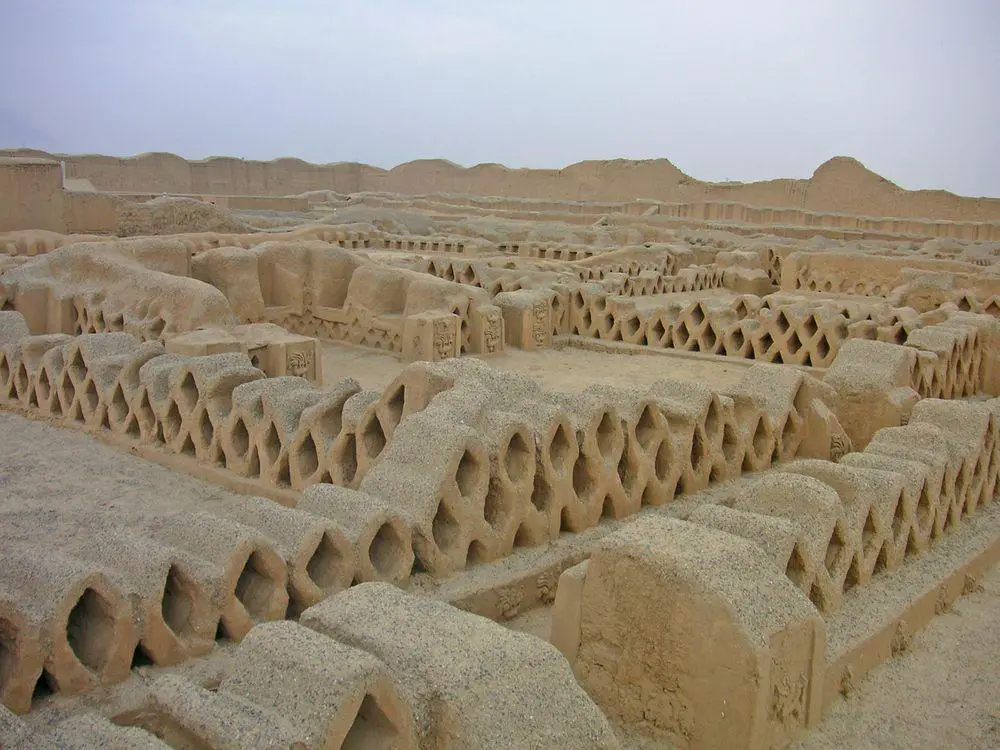
 Recommended books
Recommended books
Lost City of the Incas
A special illustrated edition of Hiram Bingham’s classic work captures all the magnificence and mystery of the amazing archaeological sites he uncovered. Early in the 20th century, Bingham ventured into the wild and then the unknown country of the Eastern Peruvian Andes–and in 1911 came upon the fabulous Inca city that made him famous: Machu Picchu.
Atlas of Lost Cities
Like humans, cities are mortal. They are born, they thrive, and they eventually die. In Atlas of Lost Cities, Aude de Tocqueville tells the compelling narrative of the rise and fall of such notable places as Pompeii, Teotihuacán, and Angkor. She also details the less well-known places, including Centralia, an abandoned Pennsylvania town consumed by unquenchable underground fire; Nova Citas de Kilamba in Angola, where housing, schools, and stores were built for 500,000 people who never came; and Epecuen, a tourist town in Argentina that was swallowed up by water.

